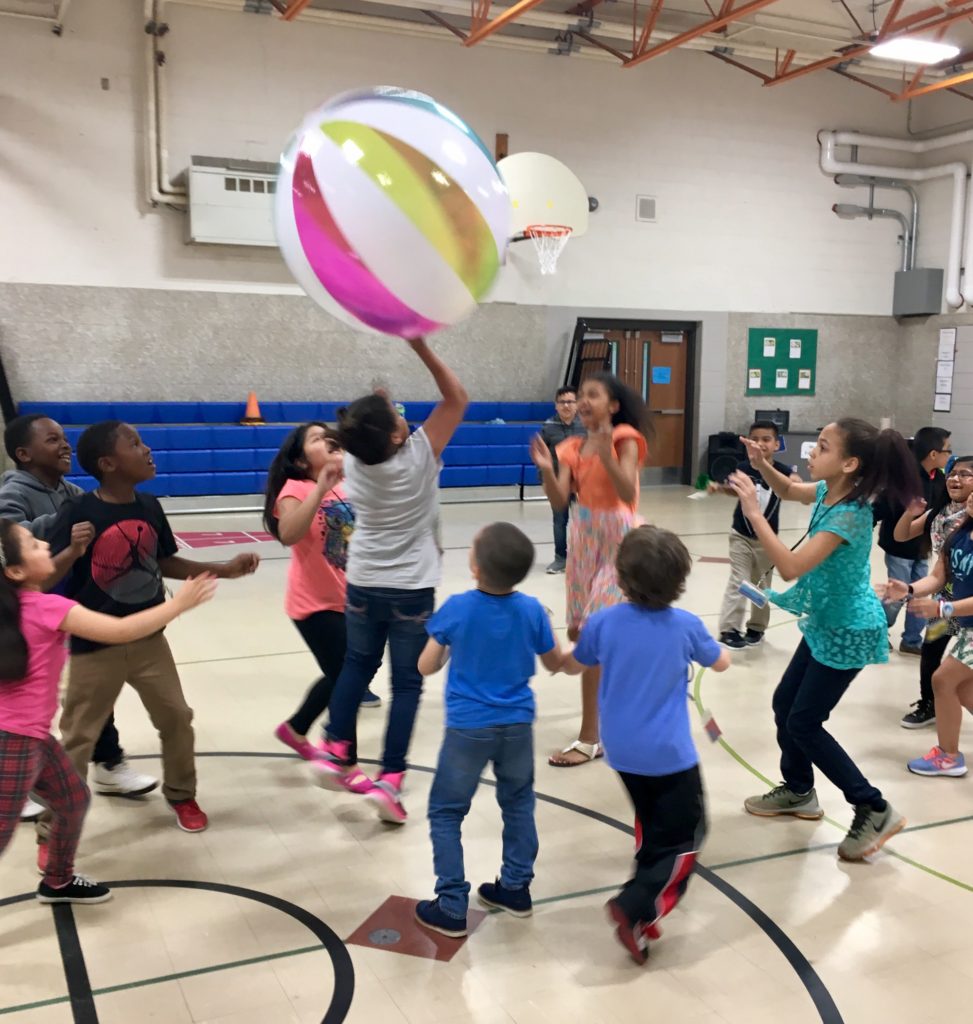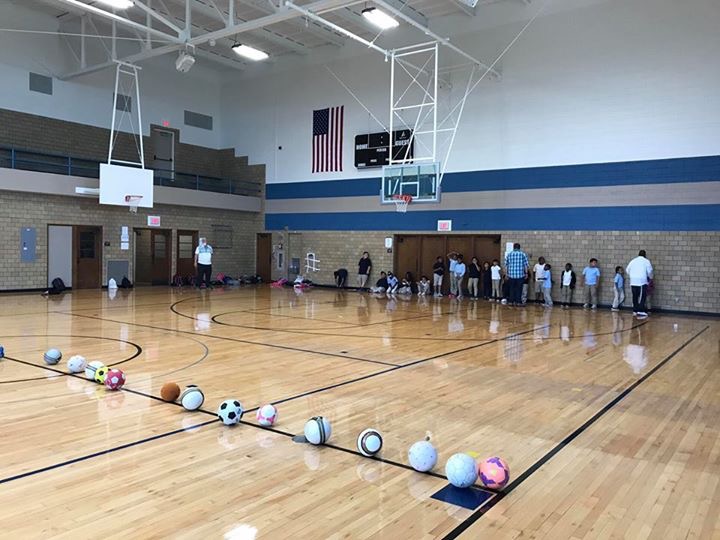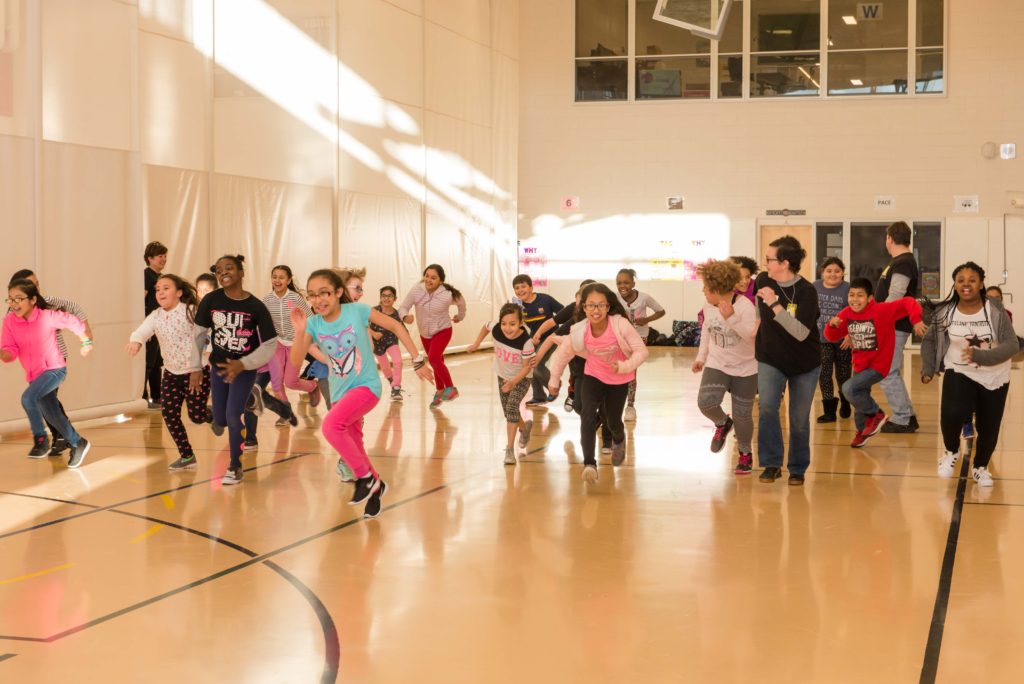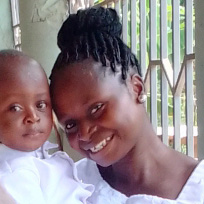Games are an essential part of a Crossroads club. After a long day in schools, kids need the chance to be physically active, and it actually helps them to refocus and learn better. Also, kids can benefit greatly from opportunities to learn teamwork and cooperation in a safe, structured environment. Most importantly, children connect best with others relationally through fun and play. So always make time for games, even if you have to be creative about how you fit them in.
 Here are some best practice tips to enhance the quality of your game time:
Here are some best practice tips to enhance the quality of your game time:
1. Establish a routine starting point.
Teach students to line up at the same spot every week when it’s time for games to start. That way, they can be ready as quickly as possible to receive instructions in an organized manner.

2. Keep instructions and as simple and clear as possible, and include modeling.
The more steps you have to explain, the more room for confusion or for attention spans to drift. If you have multiple step instructions, model with examples. Call up student volunteers to show how the game is supposed to work.
3. Repeat games that the kids know and like.
Since giving instructions is often the most time consuming part of game time, refrain from using new games every week. Figure our which games work well for your space and that the kids like and reuse them on a regular basis so there is more play time and less instruction giving time.
 4. Avoid elimination games.
4. Avoid elimination games.
When students are “out” they lose engagement. Choose inclusive games that keep everyone involved for the duration of play, and also don’t rely too heavily on skill. A couple examples of this are “Snowball Fight” or “Cups Up Cups Down.” (If you do play elimination games, keep them moving quickly so that kids can jump back into the game for a new round. Also, make sure that students have a clear place to go when they are eliminated.)
5. All leaders on deck!
All leaders, not just the Games Leader, should be involved in helping game time run smoothly. Leaders are strongly encouraged to play the games with the kids, and if they aren’t physically able, to cheer students on the sidelines. Leaders should also help monitor safety issues and behavior.
Remember, many children initially come to club for the fun and games—and this is an incredibly important starting point for building positive connections with them, by bonding with them through play!
Want to train your team on these tips?
Check out our Leading Games Effectively coaching sheet.














































